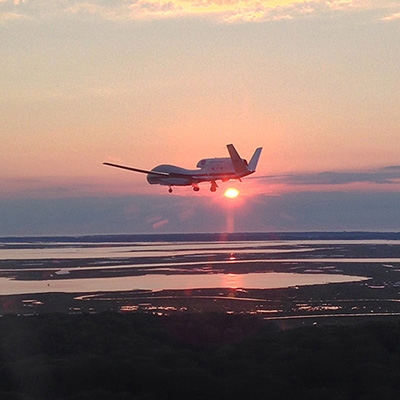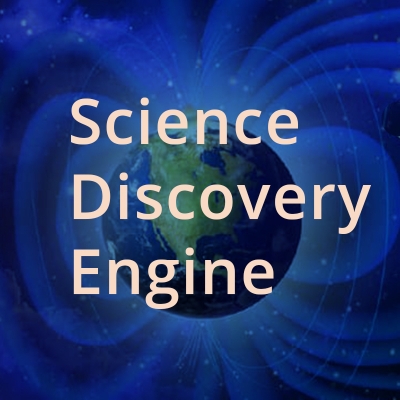Earth science and art are rarely mentioned in the same sentence despite the fact that both share a deep connection in their common goal to understand and interpret the world around us. Earth science provides a wealth of inspiration for artists, from the beauty of geological formations to the awe-inspiring power of natural disasters. At the same time, art can help to communicate the importance of Earth science to a broader audience, inspiring a deeper appreciation for the wonders of our planet and the need to protect them. IMPACT team member Helen Blue Parache collaborated with Katie Baldwin, an art professor at The University of Alabama in Huntsville (UAH), to conduct a working seminar on data-driven art for the students of two upper-division printmaking classes at UAH.
The seminar focused on the importance of data-driven art which uses facts, information or statistics about a phenomenon to drive the artistic representation. Students were presented with examples of its use by various artists (and scientists). Seminar discussions focused on what artists have to offer to the sciences and why an artist would want to use data and science as the content for their art. The students explored different answers to these questions. In a hands-on working session, the students engaged with three datasets and responded visually using printmaking materials such as sumi ink. Each student selected a dataset they would use for their final printmaking project.

The data-driven art seminar was inspired by the work of Tali Weinberg that combines data and landscape imagery. Helen expands on the influences that led to the collaboration:
"Last year I started listening to Dr. Stephanie Spera and Dr. Rachel Lupien’s podcast “How We Got Here” about different pathways to Earth science. In Chicago last year, I attended the American Geophysical Union plenary on science and art chaired by Dr. Mika Tosca and Dr. Kate Semmens. Mika spoke about art as a way to offer hope after learning the science and the role of the artist to emotionally connect us with science. These influences, among others, have been on my mind, how science is relevant for everyone, and yet also not accessible to everyone."

Through their participation, students refined their interdisciplinary skills by exploring scientific content in the context of artistic techniques. Professor Baldwin attests that students have expressed worry about environmental concerns and other global issues. This hands-on endeavor allowed the students to connect larger scientific ideas to their initial artistic concepts. More broadly, responding to data archives is becoming an exploratory theme in the art world, and the seminar provided the students the opportunity to experience using data-driven art to explore ideas and solutions related to real-world concerns.

Beyond the experience of the students, the ideas encompassed by the seminar offer value to the scientific community and the larger public. People take different pathways into understanding and this seminar evoked a range of responses from art students. The classes explored ways to reach and engage different audiences with scientific ideas. This process demonstrated that data have an emotional context which can be evoked through visual and tactile means. In Helen’s own words, “Collaborative efforts are important to addressing environmental and societal issues in that they open the door to understanding, creativity, and solutions.” She and Katie intend to update the materials and repeat the seminar next semester.



